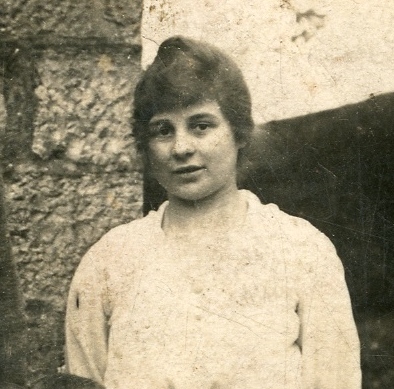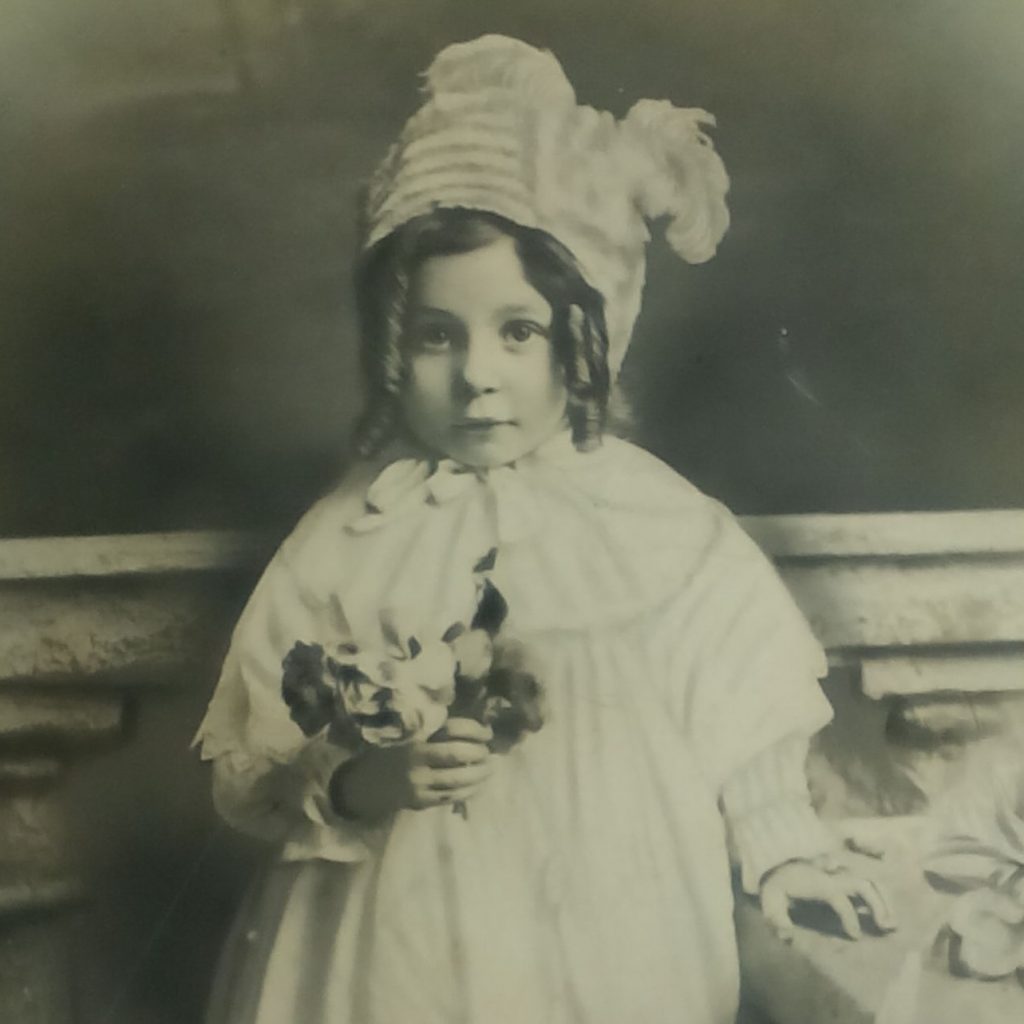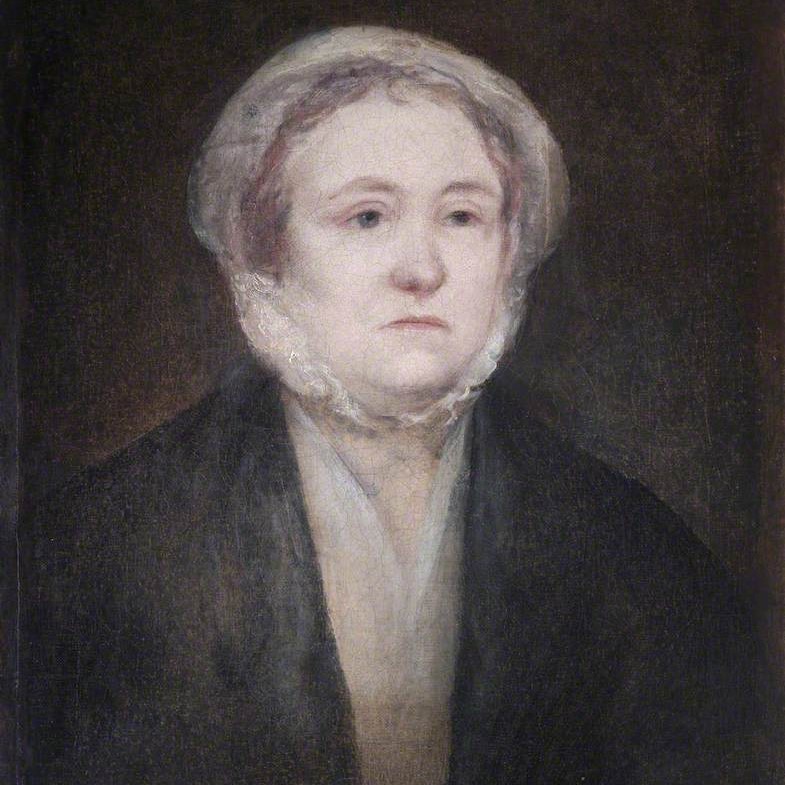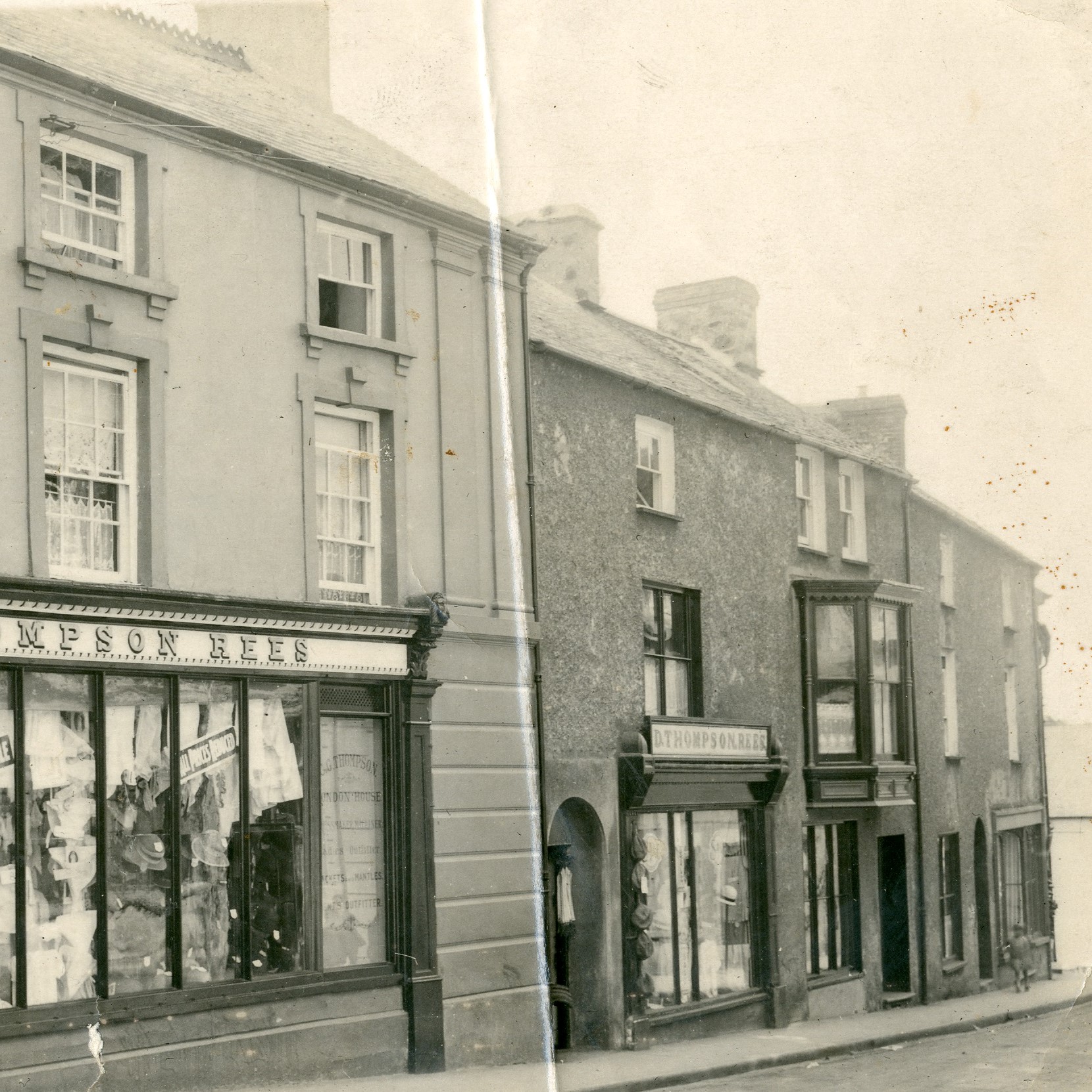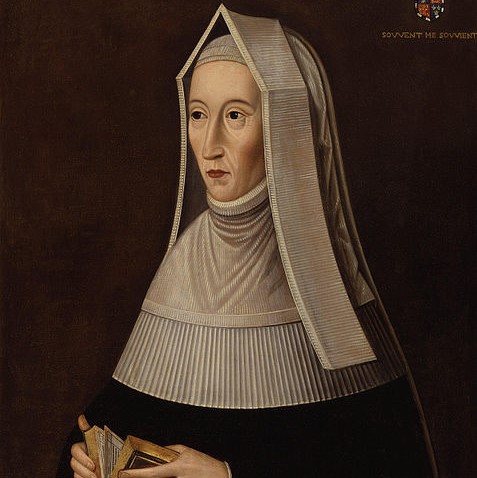Alice May Owen
Alice May (Alie) Owen was born in Narberth, Pembrokeshire on 11th March 1898 and lived at Woodfield Cottage. She devoted her life to teaching, having started as a pupil at the ‘Board’ School herself at 2 ½ years old, and leaving as a student teacher in June 1917.
Alie was a progressive teacher who believed that every child deserved a thorough education. She acted as ambassador for her pupils when ‘told by the head to work with the bright children and not to bother with the not so bright scholars’, she ‘told him that (she) was paid to teach every child and would do so to the best of (her) ability’. She also adapted her lesson plans to suit a child’s learning and was never afraid to move with the times. Her lesson plans from 1950 include a series of prompts for her class based on the TV programme ‘What’s My Line’?
Alie Owen’s personal memoir at Narberth Museum reveals much about how education has changed over the past century. In it, she describes the environment in which she worked and children were expected to learn. She writes: ‘We were four teachers in one large room with over 100 children and no partitions…In the main room there was a large stove which belched out horrible fumes when there was an East wind. It made us all cough. In the classroom there was a coal fire where the cans of tea which the children brought to drink at dinner time were warmed…I used to make Horlicks for those who wanted it’.
Alie taught scripture and her pupils were examined on their ability to ‘write from memory ‘The Lord’s Prayer’ with every capital letter and punctuation marks’. However, her philosophy on education saw learning as ‘the daily practice in the art of living’. Archive material from as early as the 1930s, reveals how her lessons were holistic and progressive in nature. As well as addressing arithmetic, geography and comprehension, her notes look at the overall mental and physical wellbeing of her pupils. She describes the ‘six rules of good health’ being ‘fresh air, cleanliness, exercise, clothing and rest’. According to her own musings, Alie endorsed ‘a daily bath…(and) drinking plenty of water’, but her notion of cleanliness extended to ‘clean thoughts by reading good books’.
Lessons were cross-curricular with one ‘observation’ class focusing on a snowdrop from an aesthetic point of view, a scientific perspective (examining petals, sepals and the function of bulbs first hand), and thinking of adjectives such as green, smooth and pointed to describe the plant.
Alie Owen was a teacher at Narberth Church School for 45 years. She was also an active member of her community as Vice president of the Girl Guides and a founder member of the local W.I. While on the carnival committee she arranged collections for the NSPCC and received an award for her dedicated service. She died in November 1996, aged 98 years.
Ganed Alice May (Alie) Owen yn Arberth, Sir Benfro ar yr 11eg o Fawrth 1898 oedd yn byw yn Woodfield Cottage. Cysegrodd ei bywyd i addysgu, ar ôl dechrau fel disgybl yn yr Ysgol ‘Fwrdd’ ei hun yn 2½ oed, a gadael fel athrawes dan hyfforddiant fis Mehefin 1917.
Roedd Alie yn athrawes flaengar a gredai fod pob plentyn yn haeddu addysg drylwyr. Fe weithiodd fel llysgennad i’w disgyblion pan ‘ddywedodd y pennaeth wrthi i weithio gyda’r plant disglair ac i beidio â thrafferthu â’r disgyblion llai galluog’, dywedodd hithau ‘ei bod hi’n cael ei thalu i addysgu pob plentyn ac y byddai’n gwneud hynny hyd eithaf ei gallu’. Hefyd roedd yn addasu ei chynlluniau gwersi i weddu i allu’r plentyn i ddysgu, ac nid oedd erioed yn ofni symud gyda’r oes. Mae ei chynlluniau gwersi o 1950 ymlaen yn cynnwys cyfres o awgrymiadau i gymell ymateb gan ei dosbarth yn seiliedig ar y rhaglen deledu ‘What’s My Line’?
Mae hunangofiant Alie Owen yn Amgueddfa Arberth yn datgelu llawer am y modd y mae addysg wedi newid dros y ganrif ddiwethaf. Yn y cofiant, mae’n disgrifio’r amgylchedd lle bu’n gweithio ynddo a lle’r oedd disgwyl i’r plant ddysgu. Mae’n ysgrifennu: ‘Roeddem yn bedwar athro mewn un ystafell fawr gyda dros 100 o blant heb bared rhyngom … Yn y brif ystafell roedd stôf fawr oedd yn bwrw mygdarth ofnadwy yn ôl pan oedd y gwynt o’r Dwyrain. Roedd yn gwneud i ni i gyd besychu. Yn yr ystafell ddosbarth roedd tân glo lle’r oedd y caniau te, yr oedd y plant wedi dod â nhw i yfed y te amser cinio, yn cael eu cynhesu … Roeddwn i’n arfer gwneud Horlicks i’r sawl oedd ei eisiau.’
Roedd Alie yn dysgu ysgrythur ac roedd y plant yn cael eu profi ar eu gallu i ‘ysgrifennu Gweddi’r Arglwydd o’r cof gyda phob prif lythyren ac atalnodi yn eu lle’. Fodd bynnag, roedd ei hathroniaeth ar addysg yn ystyried dysgu fel ‘yr arfer dyddiol o ddysgu byw’. Mae deunydd archifol mor gynnar â’r 1930au yn datgelu sut oedd ei gwersi yn gyfannol ac yn flaengar eu natur. Yn ogystal â dysgu rhifyddeg, daearyddiaeth a darllen a deall, mae ei nodiadau yn edrych ar les meddyliol a chorfforol cyffredinol ei disgyblion. Mae’n disgrifio’r ‘chwe rheol iechyd da’ sef ‘awyr iach, glendid, ymarfer corff, dillad a gorffwys’. Yn ôl ei synfyfyrion, roedd Alie yn cymeradwyo ‘cael bath bob dydd… ac yfed digon o ddŵr’, ond roedd ei syniad o lendid yn ymestyn i ‘feddyliau glân drwy ddarllen llyfrau da’.
Roedd y gwersi yn drawsgwricwlaidd gydag un dosbarth ‘arsylwi’ yn canolbwyntio ar y blodyn lili wen fach o safbwynt esthetig, persbectif gwyddonol (archwilio drostynt eu hunain y petalau, y sepalau a swyddogaeth bylbiau), a meddwl am ansoddeiriau megis gwyrdd, llyfn a phigfain i ddisgrifio’r planhigyn.
Roedd Alie Owen yn athrawes yn Ysgol Eglwys Arberth am 45 o flynyddoedd. Roedd hefyd yn aelod gweithgar o’i chymuned fel Is-lywydd y Geidiaid ac un o sylfaenwyr Sefydliad y Merched lleol. Ar y pwyllgor carnifal trefnodd i gasglu arian ar gyfer yr NSPCC, a derbyniodd wobr am ei gwasanaeth ymroddedig. Bu farw fis Tachwedd 1996 yn 98 oed.



